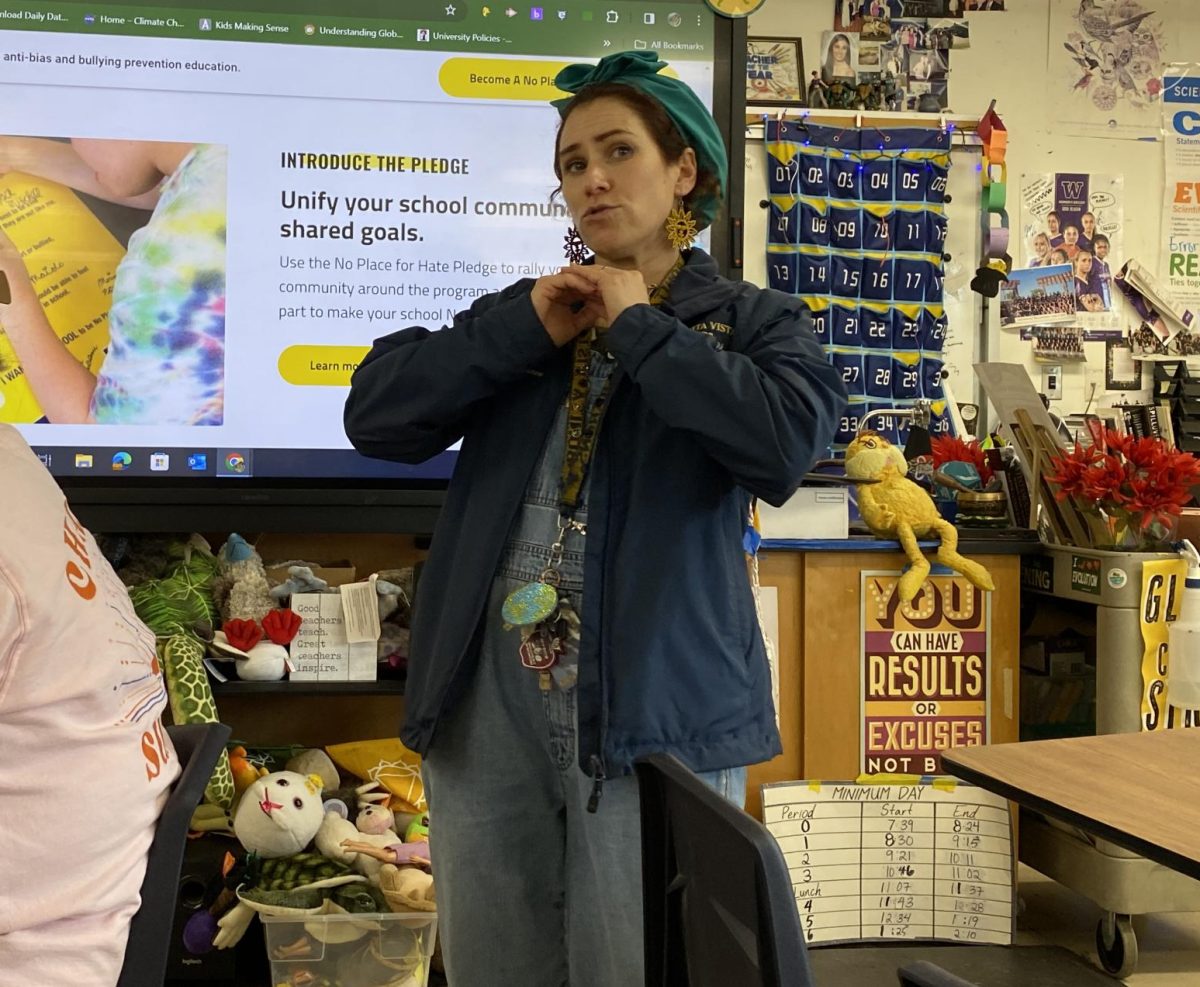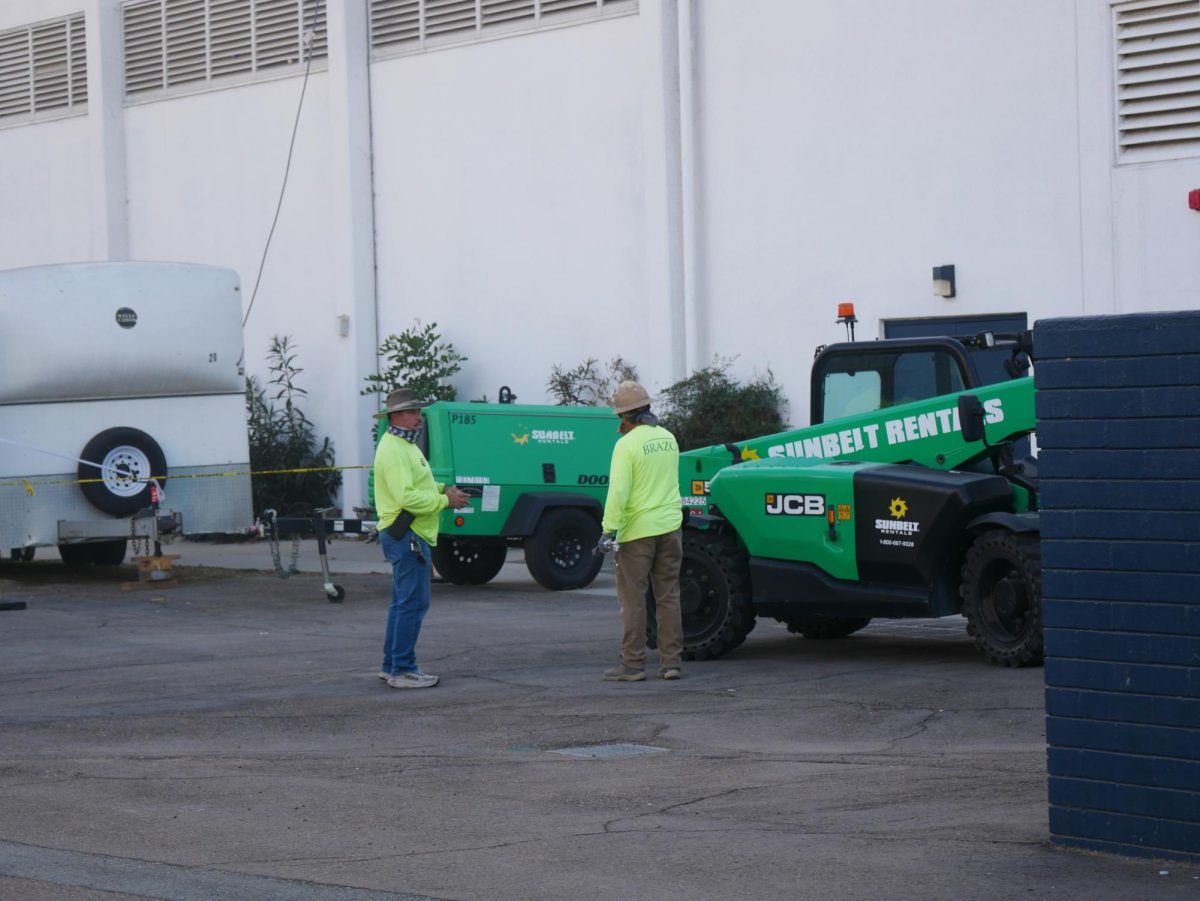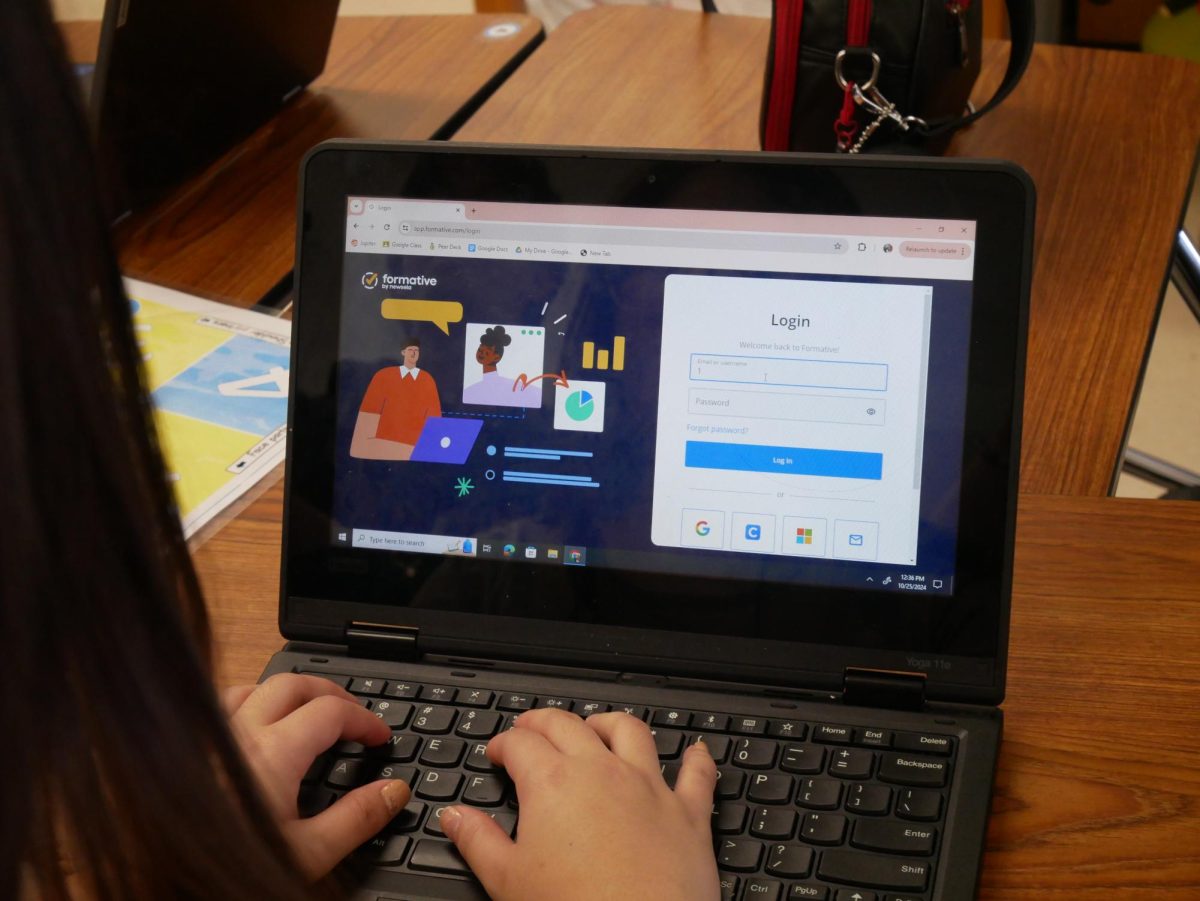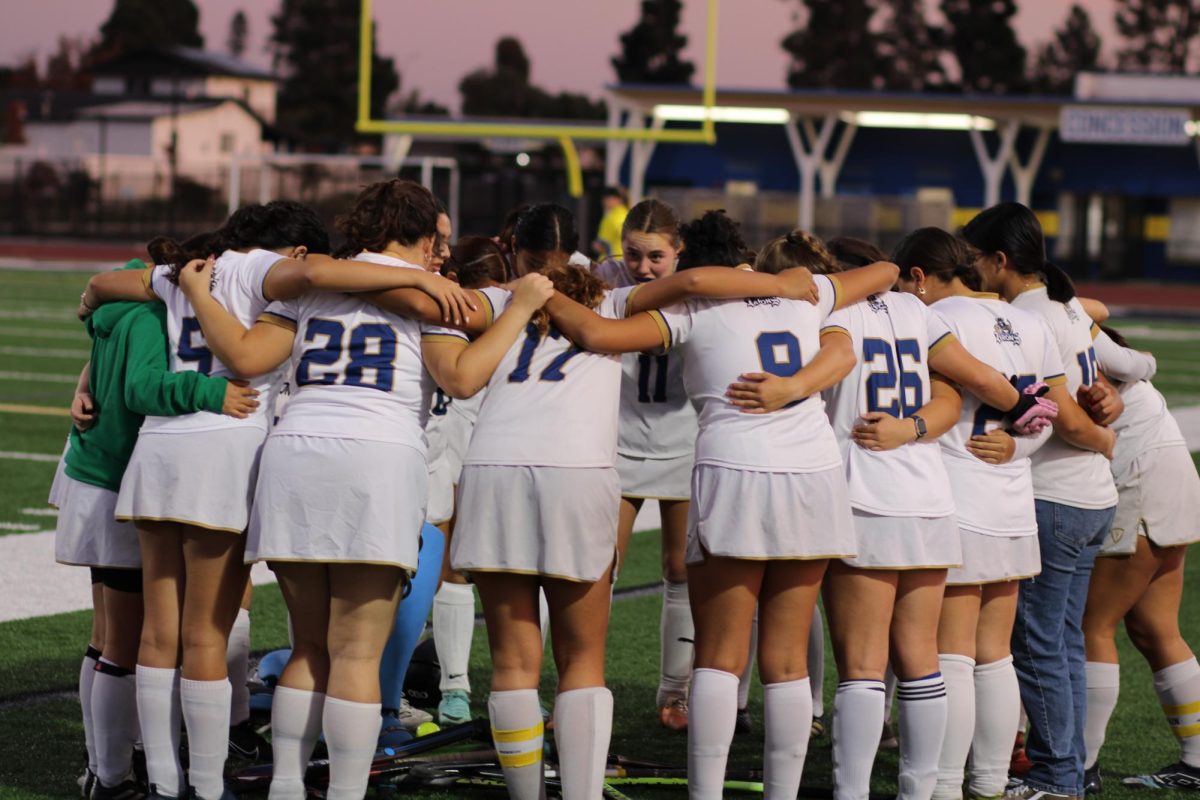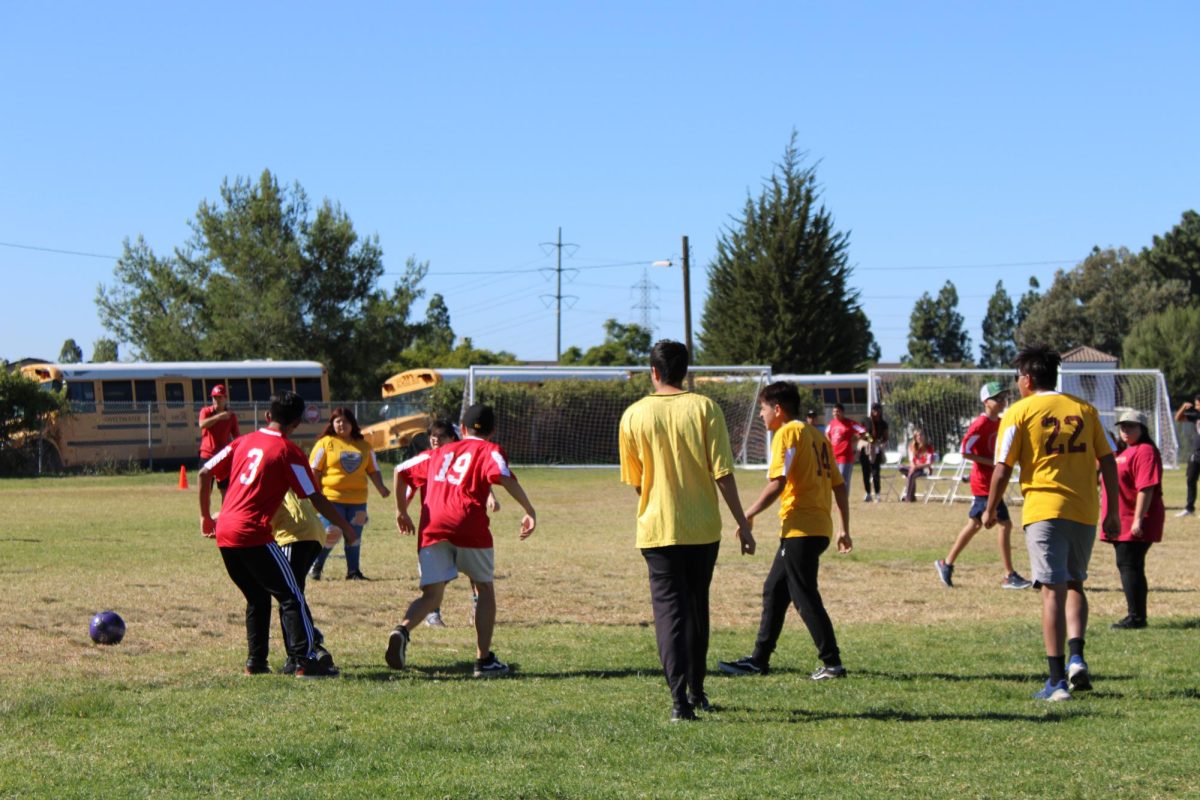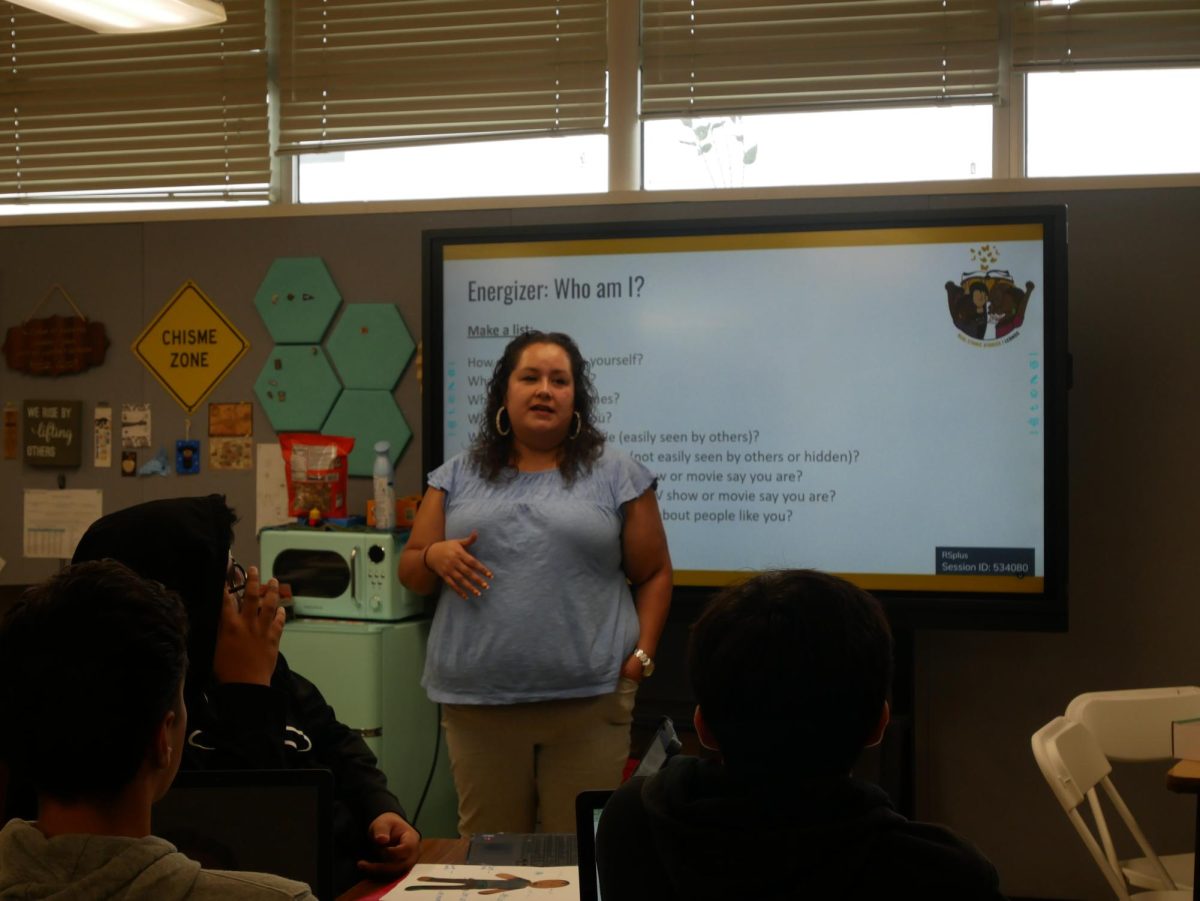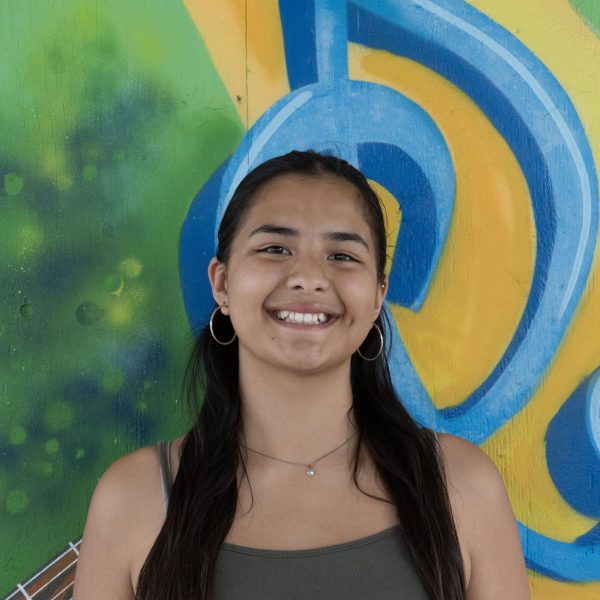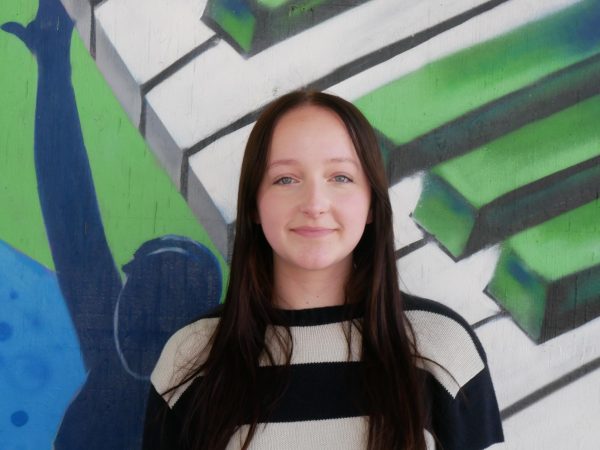On Feb. 7, the first “No Place for Hate” meeting took place in room 402. Held in Bonita Vista High’s (BVH) Advanced Placement (AP) Environmental Science, International Baccalaureate (IB) Environmental Systems and Societies (ESS) and new “No Place for Hate” club advisor Jennifer Ekstein’s room, she describes the goals that must be met. All BVH students were invited as well as club presidents; the new club branches off from an organization known as the Anti-Defamation League (ADL).
“‘No Place for Hate’ is different from a curriculum, mandatory program or explicit lesson required from students. Instead it serves as a framework that schools can use to take proactive steps against bias,” ADL’s Associate Director for Education in Southern California Rachel Sato said. “It’s about finding ways for schools to stop the escalation of hate. Taking steps to make school a place where students have every single identity, feel respected, included and welcomed on campus.”
After being approached by ADL, BVH principal Lee Romero decided that adding a “No Place for Hate” club would be beneficial for the BVH community. Romero notes how he established the same club at his previous school, Southwest High School. From past experiences, he began looking forward to the positive outcomes of implementing this club.
“Because of what’s been going on with every school, people saying and doing the wrong things, this program is positive and brings the community and schools together. When everybody realizes we’re going to be a ‘No Place for Hate school’ and everyone signs the pledge, it gives you a focus for the entire school to do something positive. When I leave this school, I would like that to continue, that is very important to me,” Romero said.
In fact, for many years, Ekstein has pushed for ADL and BVH to cooperate and join forces in hopes of making a difference on the BVH campus. Through the partnership, Ekstein wishes to have a successful program after witnessing hate throughout her years of teaching.
“I have been asking for a ‘No Place for Hate’ for many years, even prior to the pandemic. We already had a lot of underpinnings of racism and anti-semtism at BVH and I know about Bonita Vista Middle (BVM) having the same issues. We know that [most] students who come from BVM come to BVH so overall both schools [are] dealing with the same issues,” Ekstein said.
Now with the creation of the club on campus complete, Ekstein and club members plan to hold a bi-monthly meetings on Wednesdays. Through this process, students must sign a pledge stating they will be fair, kind, report any incidents and ensure a safe environment at school. In order for BVH to be officially recognized as a “No Place for Hate” school, the club must plan and complete three activities that improve the school’s atmosphere. All of these activities must be student driven and organized through the club.
“The goal is that every single person on campus, including parents, faculty and staff know what ‘No Place for Hate’ is. Then students begin the implementation of at least three school-wide activities throughout the year. These activities focus on inclusivity and community building,” Sato said.
Some examples of the activities range from a Saying No to Drugs event, “No Place for Hate” week or a Cyberbully Information Night, which would address these issues and educate students why these are so prominent in a school community. Ekstein feels the club will help address many current issues that occur on campus.
“I am hoping that it does challenge students’ biases and [and help them] understand that this is a program about kindness not about bias or stereotypes. It’s about breaking all of those stereotypes and evaluating a person for who they are and teaching kindness and tolerance. We need to maneuver in life and really understand people,” Ekstein said.
Alongside Ekstein, Romero feels as it is an essential addition for the BVH community. As a new club, new goals are set for the school, hoping to inform and encourage students to take into consideration what the “No Place for Hate” club wants to express. Romero would like to take time out of the school day as these topics need to be represented as a school event.
“We should take time out of the school day to talk about, write about it and have the entire staff discuss the topics. We need to bring it to light that it is an important thing so people can learn to respect certain issues at school and avoid negative circumstances,” Romero said.
Sato has been working for ADL for over two years now and has helped introduce the “No Place for Hate” clubs in numerous schools in Southern California. Previously working as a math teacher, Sato was able to experience first hand what sort of things were being said and done at her school that left a negative impact on students encouraging the spread of hate. Due to this, she turned to ADL hoping to make a difference in schools like BVH.
“The truth is, if someone calls a racial slur in the hallway before coming into math class, they’re not learning math. By not having these conversations in school, we’re missing a vital piece of what it means to educate a whole person and what it means to make that education meaningful,” Sato said. “We want our students to grow up, become productive and happy members of society while having conversations about bias, bullying and inclusion. This is all a part of creating that kind of world.”
As “No Place for Hate” is still in its early stages at BVH, the club is anticipating more members to spread and encourage the message throughout the campus. In the past, BVH has had underlying issues that revolved around certain topics such as racism, anti semitism, and even bullying, but with the gradual introduction of “No Place for Hate”, teachers and students look forward to a more peaceful campus.
“It will be the club presidents who will come up with the activities that are far reaching for their members, which are far-reaching for everyone at school. It’s about really challenging what we have grown up with and taking a more positive and kind view,” Ekstein said. “A lot of students need that right now. It also is a preventive program, we do not want to see racism, we do not want to see homophobia or anti-semitism. We really want to get at the root of why people think this way, then break it.”

